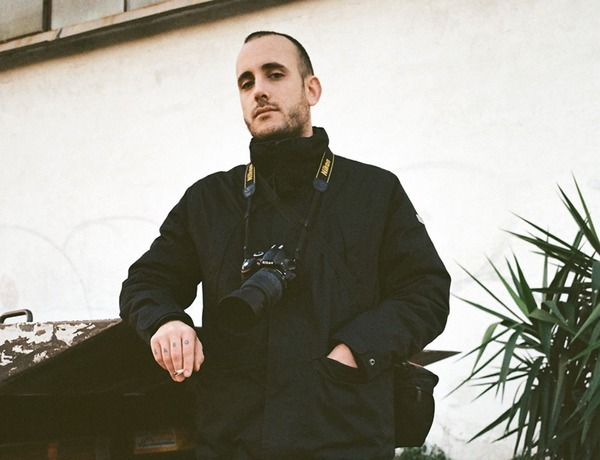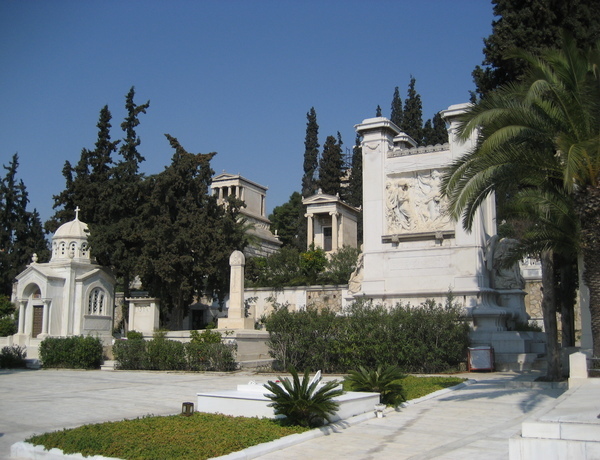
The Kerameikos Archaeological Museum is a museum located in Athens, Greece, that houses archaeological artifacts from the ancient Athenian cemetery of Kerameikos. The cemetery was in use from the 8th century BCE until Roman times and was the final resting place for many important figures of ancient Athens.
The museum contains a collection of funerary monuments, statues, reliefs, and other artifacts discovered during excavations of the Kerameikos cemetery. One of the most notable exhibits is the Stele of Hegeso, a 4th-century BCE marble relief that depicts a young woman examining her jewelry. The museum also contains a large collection of grave stelae, which were used to mark graves and often contained depictions of the deceased and their families.
In addition to the permanent exhibits, the museum also hosts temporary exhibitions that showcase artifacts from other archaeological sites in Greece. The museum is located near the ancient Agora and the Acropolis, making it a popular destination for tourists interested in ancient Greek history and culture.
Overall, the Kerameikos Archaeological Museum is an important cultural institution that preserves and displays artifacts from the ancient Athenian cemetery of Kerameikos, providing insight into the funerary customs and beliefs of the ancient Greeks.
Website
odysseus.culture.gr
odysseus.culture.gr





